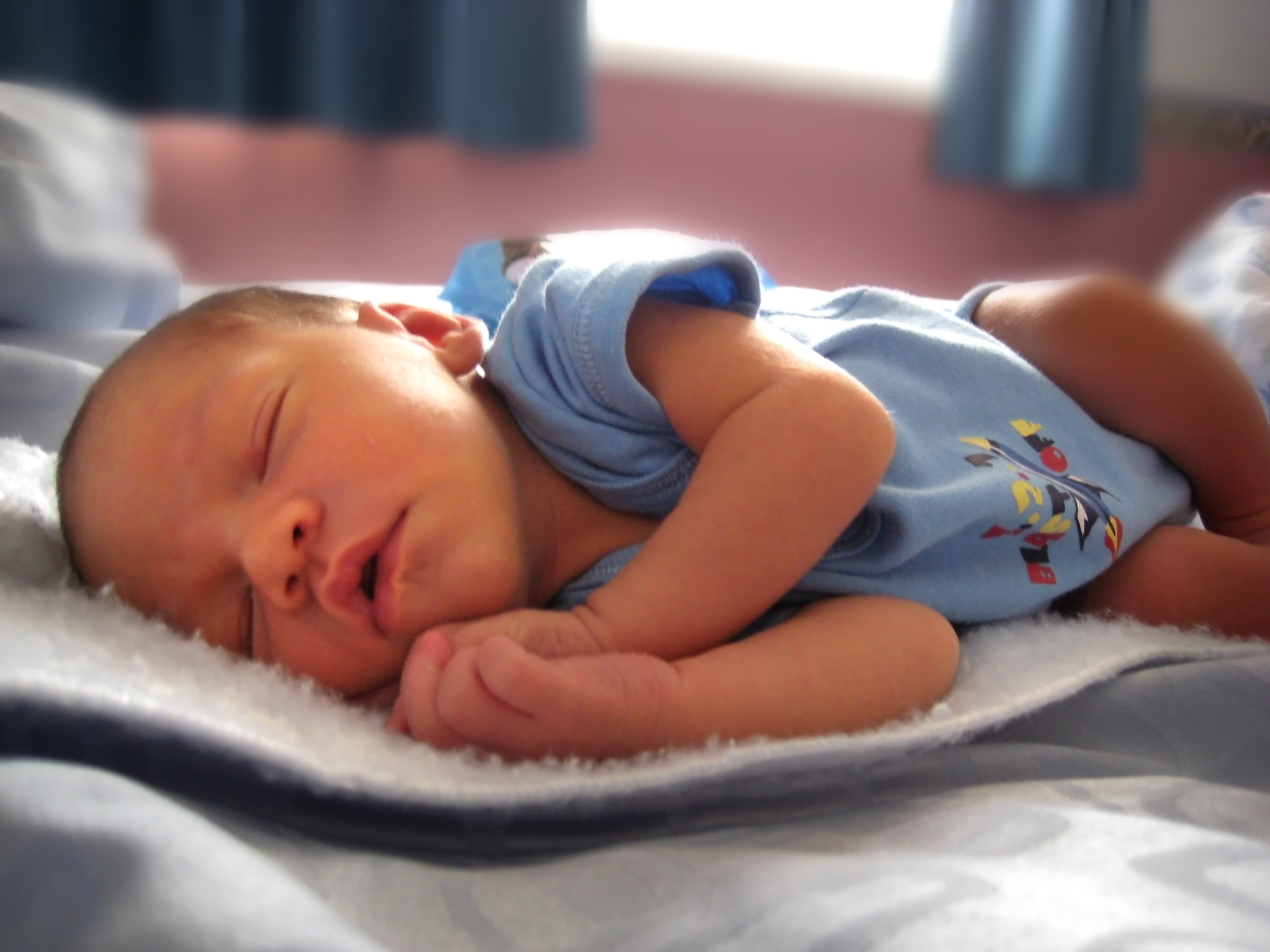WEDNESDAY, Dec. 2, 2015 (HealthDay News) — A baby’s sleeping environment is not the whole story when it comes to the risk of sudden infant death syndrome (SIDS), a new analysis affirms.
Each year, about 3,500 infants die suddenly in the United States from no obvious cause, according to the U.S. Centers for Disease Control and Prevention. A majority of those deaths are labeled as SIDS — a phenomenon that researchers still do not completely understand.
One thing that’s clear is that an infant’s sleeping environment is key: In the 1990s, experts launched public campaigns to encourage parents to put their infants on their backs to sleep, remove soft bedding out of the crib, and take other “safe sleeping” steps.
Since then, SIDS deaths in the United States have plummeted.
The new study, published online Dec. 2 in the journal Pediatrics, adds to evidence that those public health messages worked, but it also highlights the role of other influences in SIDS risk, the researchers said.
“The ‘Back to Sleep’ campaign has been one of the most successful public health campaigns of our time,” said lead researcher Dr. Richard Goldstein, who is with the pediatric advanced care team at Boston Children’s Hospital/Dana-Farber Cancer Center.
“But,” he added, “the sleep environment is not the whole story.”
“These days,” Goldstein said, “most infants diagnosed with SIDS are not found sleeping prone [on the belly].”
Studies have shown that there are “intrinsic” factors that make certain babies especially vulnerable to unsafe sleeping conditions, Goldstein explained.
For example, babies exposed to smoking, either in the womb or after birth, are at heightened SIDS risk. On the other hand, infants who are breast-fed and those whose moms had consistent prenatal care are at relatively lower SIDS risk.
Researchers are also learning more about the “underlying biology” of SIDS, Goldstein said. It’s thought, for example, that infants who die of SIDS have abnormalities in the brain system that normally rouses someone from sleep if there’s not enough oxygen.
One theory on SIDS is that it involves a “triple risk,” Goldstein said. That is, SIDS strikes when infants with an underlying vulnerability face an external stressor (like belly-sleeping) during a critical period of development.
“The sleep environment is still most important,” said Dr. Rachel Moon, who co-wrote an editorial published with the study. “Those are the factors we can most easily change.”
“But,” she added, “this study does remind us that there are other influences at work, too.”
Luckily, Moon said, some of those influences can be changed, too.
For the study, Goldstein’s team analyzed government data on more than 900,000 infant deaths between 1983 and 2012.
During that time, SIDS rates fell by 71 percent. Much of the shift happened between 1994 and 1996, after the “Back to Sleep” campaign was launched.
However, infant deaths from other causes also declined — by 38 percent to 43 percent. And except for the three years from 1994 to 1996, Goldstein said, much of the SIDS decline seemed to be related to “background factors” other than the safe-sleeping campaign.
Some of the critical trends, according to Goldstein, have been the substantial declines in smoking and teen pregnancy.
On top of that, he said, there have been major advances in medical care for premature infants — who are at increased risk of SIDS. Women at risk of preterm labor are now given medications that speed the fetus’s lung development, for example.
But while SIDS is much less common than it was 30 years ago, there has been little change in the past decade or so.
“We’ve hit a plateau,” Goldstein said. “And if we’re going to get any farther, we need to better understand the factors that make children vulnerable. SIDS is still a mystery, and we need to apply science to try to explain it.”
Moon agreed that further research into the underlying mechanisms of SIDS is needed.
For now, she said, the message to expectant parents is to keep doing what they can — including getting early prenatal care, avoiding tobacco smoke and creating a safe sleeping environment for their baby.
More information
The U.S. Centers for Disease Control and Prevention has more on SIDS.
Copyright © 2025 HealthDay. All rights reserved.

